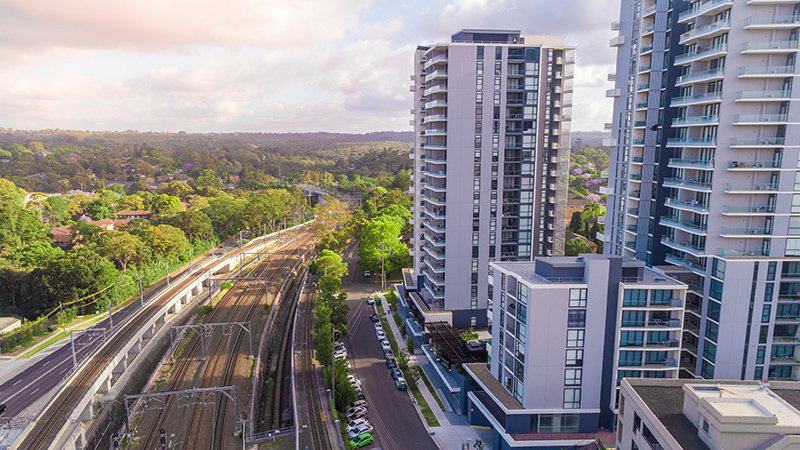[ad_1]
Declaring price falls attracts headlines but CoreLogic’s latest data shows Sydney home values fell just 0.2 per cent in March, following a 0.1 per cent fall in February.
Writing exclusively for Australian Property Investor Magazine, Real Estate Institute of New South Wales Chief Executive Officer, Tim McKibbin, says it is alarmist to declare the slight easing of Sydney’s property prices as anything other than a natural easing.
With the first quarter of 2022 now behind us, the Sydney real estate market has settled into a place of stability.
Some commentators will be eager to call it a correction. Declaring price falls attracts headlines but CoreLogic’s latest data shows Sydney home values fell just 0.2 per cent in March, following a 0.1 per cent fall in February.
It’s not insignificant, nor is it unexpected. Prices across the board appear to have stopped growing but it’s alarmist to declare it’s anything but a natural easing, following a period of unprecedented growth, growth that clearly could not be sustained.
More important for buyers, including investors, is to look at what’s happening across different suburban markets of specific interest to them, and across different housing types aligned to their investment strategies.
For instance, apartments in Sydney are an interesting proposition at present.
REINSW members are reporting that selling conditions are slightly softer for apartments. Our auctioneers have suggested clearance rates for units are a little lighter than for freestanding houses. Seller expectations must be aligned to the recent stabilisation in prices or they might struggle to secure a sale.
For some investors, this could mean new opportunities. First-home buyers will obviously be weighing up the policies of the major parties as we head toward a federal election.
Affordability policies are typically geared to this cohort, which leaves investors in a position where they can perhaps compete for apartments in an environment where prices are flat and some owner-occupiers are potentially taking a wait-and-see approach.
While the long-term undersupply in both Sydney and the NSW regions remains largely unaddressed, the cyclical surge in new listings in recent times has had an impact in the softening of prices.
Eyes on listings
The next few months will be worth watching from a listing volume perspective. It’s possible that any slowdown in listings could flip the recent slight price decline back the other way.
An interesting anecdote a member auctioneer shared with REINSW recently was an increase in the number of auctions undergoing schedule changes.
“Quite a few are being postponed, and in contrast, some auctions (are) being brought forward early in their campaigns,” was the feedback.
This might suggest that buyers, with a greater number of properties to view, are willing and ready to act early and if vendors are not on the same page, those buyers simply move on. Buyers are enjoying a levelling in the power balance and this goes for investors too.
Rental vacancy in Sydney appears to be tightening. After the COVID-related unpredictability experienced in the residential rental market last year, the beginning of 2022 has brought new hope, with many REINSW members reporting an increase in demand for rental accommodation across Sydney, Newcastle, Wollongong and other regional areas.
The REINSW Vacancy Rate survey results for February 2022 show that residential vacancies in Sydney dropped for the third consecutive month. The March figures will be out soon and while these may be skewed by the impact of the floods, we expect the underlying trend to continue.
It’s another factor supporting the stability of the market. Relatively flat prices despite the surge in listings, demand still strong, a shortage of available rentals, and still low interest rates. At face value, none of these factors seem to warrant a sensationalist headline. And perhaps that’s a good thing.
Looking ahead to the rest of the year, there are various factors that will have an influence.
An interest rate rise seems an inevitability, which could have a dampening impact on prices.
Open borders might increasingly contribute to the overall demand picture. On the other hand, no matter how strong our collective desire to move on, the spectre of COVID still lingers, particularly with winter looming. Then there is the flood recovery effort, rising cost of living pressures, concerning international issues, and more.
Against this volatile background, investors can perhaps find comfort in the stability of the NSW real estate market.
[ad_2]
Source link

